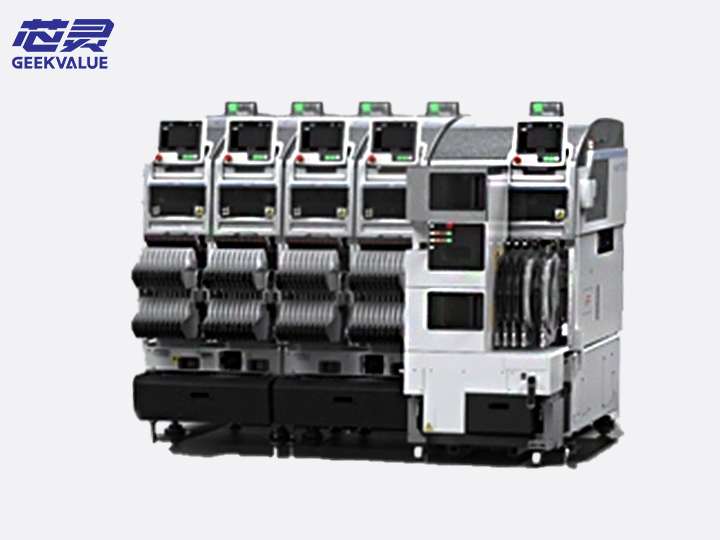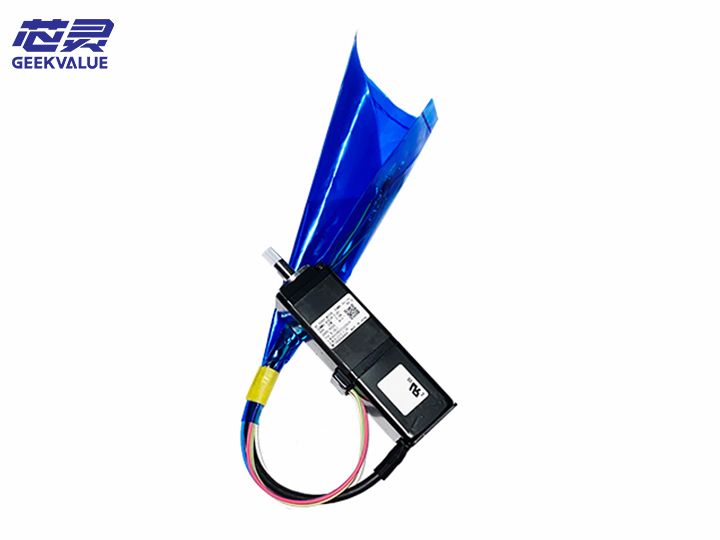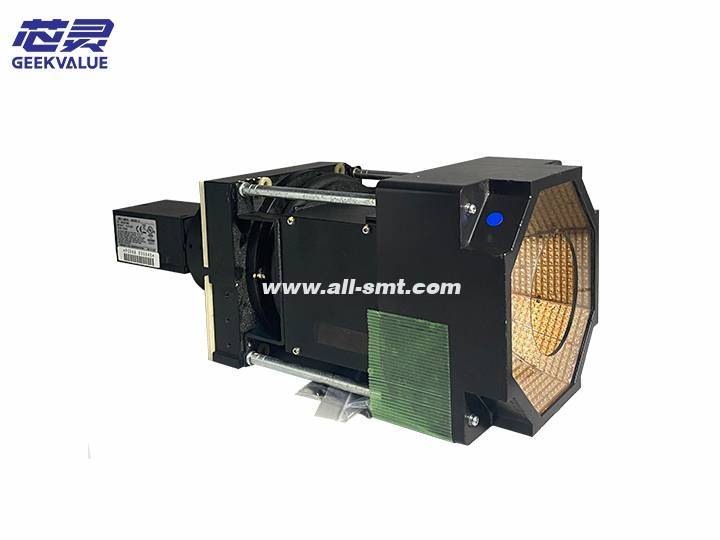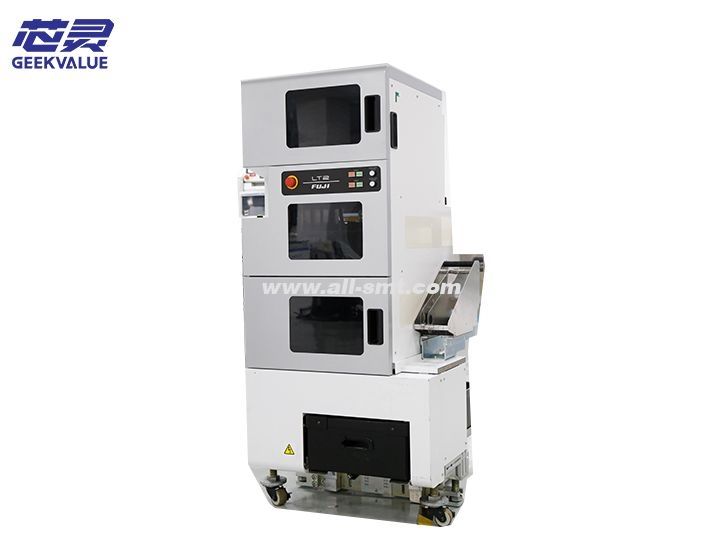The pick and place machine is a revolutionary tool delivering the precision, speed, and consistency modern electronics manufacturing relies on. If you’ve ever wondered how circuit boards in smartphones, medical devices, or automotive systems are assembled with such accuracy, this technology is the backbone of the process. Below, we’ll break down how these machines work, their applications, and why they’re indispensable in today’s tech-driven industries.

How Does a Pick and Place Machine Work?
A pick and place machine automates the assembly of electronic components onto printed circuit boards (PCBs). Here’s a step-by-step look at its operation:
Component Feeding: Reels, trays, or tubes supply tiny parts like resistors, capacitors, and microchips to the machine.
Vision Alignment: Advanced cameras and sensors identify each component’s orientation and position, correcting misalignments in real time.
High-Speed Placement: Robotic arms or nozzles pick up components and place them onto pre-programmed PCB locations at speeds exceeding 30,000 parts per hour.
Quality Verification: Post-placement inspections ensure accuracy, minimizing defects.
This process eliminates human error and scales production for industries requiring mass output, such as consumer electronics and aerospace.
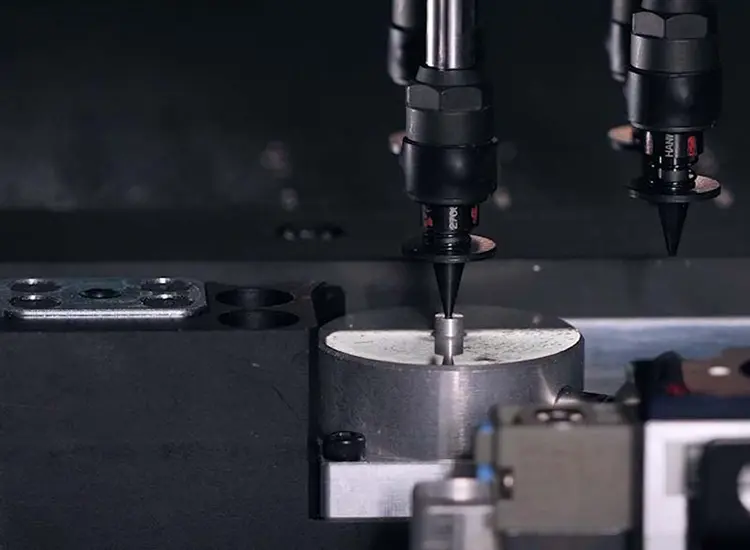
Types of Pick and Place Machines
Not all pick and place machines are created equal. Their designs vary based on speed, precision, and application:
High-Speed Machines: Built for large-scale manufacturing (e.g., smartphones), these prioritize speed over flexibility.
Precision Machines: Used for microelectronics or medical devices, they handle ultra-small components (as tiny as 01005 resistors) with sub-micron accuracy.
Hybrid Machines: Balance speed and versatility, ideal for medium-sized batches with mixed component sizes.
Emerging models now integrate AI-driven optimization, adjusting placement strategies dynamically to reduce waste and downtime.
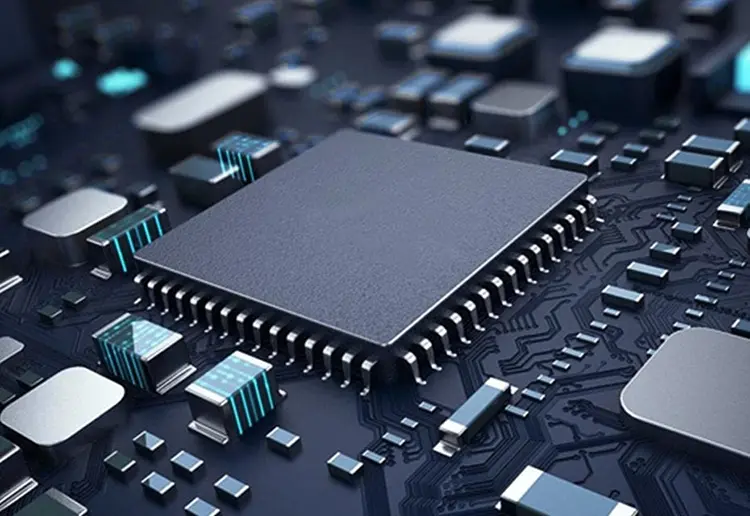
Why Are These Machines Critical for Manufacturing?
Unmatched Precision: Human hands can’t reliably place components smaller than a grain of sand. Machines achieve near-zero defect rates.
Cost Efficiency: Automating assembly slashes labor costs and reduces material waste from errors.
Scalability: Factories can produce thousands of identical boards daily, meeting global demand for electronics.
Future-Proofing: With IoT and 5G driving demand for compact, high-performance devices, pick and place machines enable next-gen innovations.
Speed & Precision: Modern P&P machines can place over 200,000 components per hour with placement accuracy better than 0.02 mm, far surpassing manual methods.
Cost Efficiency: By minimizing human error and rework, pick and place machines reduce labor costs and scrap rates—key for competitive pricing.
Versatility: From tiny 0.4 mm × 0.2 mm chip resistors to 50 mm × 40 mm modules, today’s machines handle the full spectrum of SMD parts without tooling changeovers
Industries Relying on Pick and Place Technology
While electronics dominate, these machines are also vital in:
Automotive: Assembling sensors and control modules for self-driving cars.
Medical Devices: Producing implantable gadgets and diagnostic tools requiring flawless assembly.
Aerospace: Creating robust circuitry for satellites and aircraft systems.
The Future of Pick and Place Machines
Innovations are reshaping this field:
AI and Machine Learning: Algorithms predict component misfeeds and optimize placement paths.
3D PCB Support: Machines now handle complex, multi-layered boards for advanced devices.
Sustainable Practices: Energy-efficient models and recyclable material handling reduce environmental impact.
Key Considerations When Choosing a Machine
Before investing, evaluate:
Throughput Needs: High-volume vs. low-volume production.
Component Size Range: Ensure compatibility with your smallest parts.
Software Integration: Look for user-friendly interfaces and IoT connectivity.
Pick and place machines are the unsung heroes of the electronics revolution, enabling the gadgets and systems we depend on daily. As technology evolves, these machines will continue to push the boundaries of what’s possible in manufacturing—smaller, faster, and smarter.
Whether you’re an engineer, a procurement specialist, or simply curious about how devices are made, understanding this technology offers insight into the invisible force driving modern innovation.

